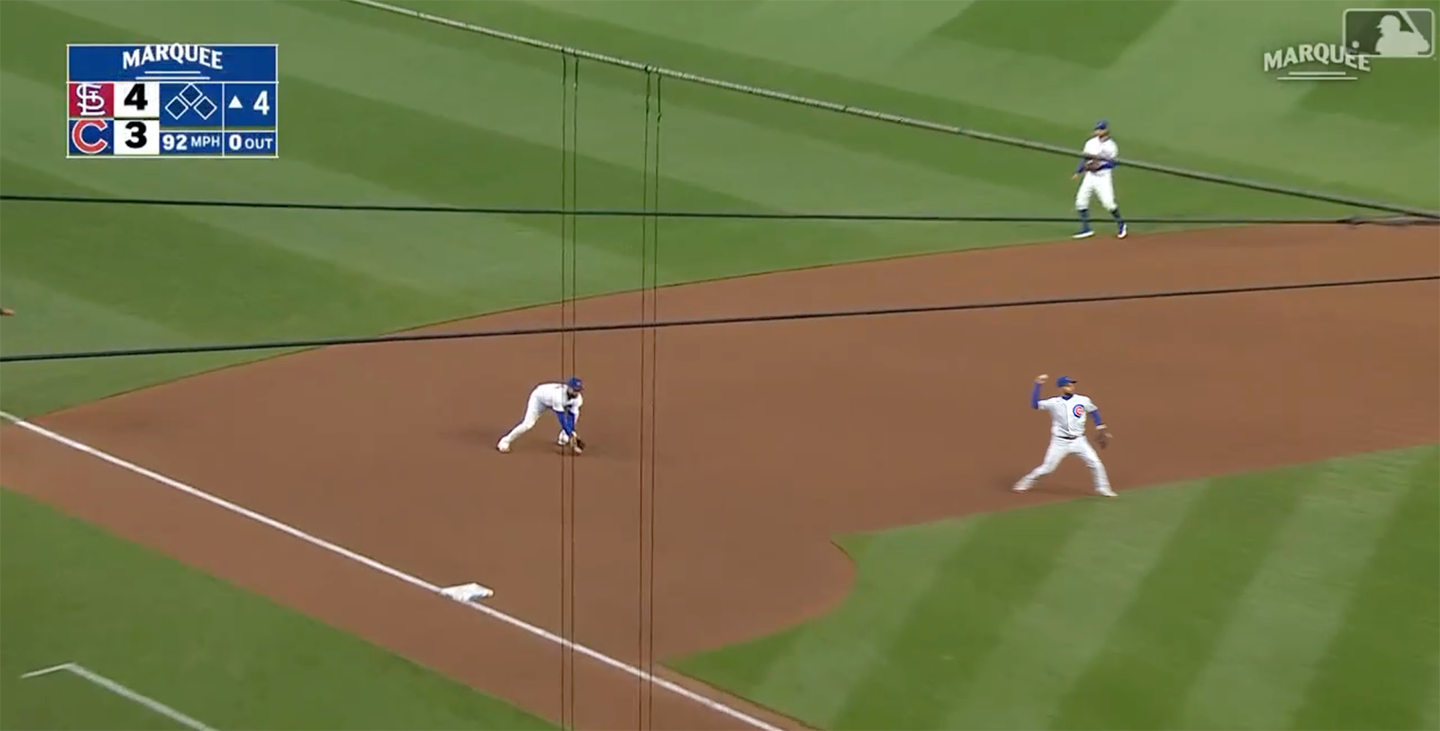Cooperstown Notebook: The 2023 Progress Report, Part IV

We began this series with Craig Kimbrel striking out José Ramírez to close out the All-Star Game, and I’ll admit, my original intent was to cover all of the pitchers in Part II. But as anyone who reads (or edits) my work knows, when it comes to the Hall of Fame and its candidates, I can go on, and on… and on. In part that’s because I like to use this series as an annual clearinghouse, covering the vast majority of the active players whom readers most frequently ask me about during the course of the year. It may not be a one-stop shop, but with the added volume comes some context for comparisons (Has Freddie Freeman caught up to Paul Goldschmidt? Who has a better shot, Carlos Correa or Francisco Lindor? And what about Trea Turner?) In part, it’s also because in the 20 years (!) since I introduced it, my JAWS system has become more complicated and more nuanced, requiring a bit of additional introduction. That’s particularly true when it comes to pitching, where during the 2022 election cycle, I formalized S-JAWS for starting pitchers and R-JAWS for relievers.
I had been messing with the latter since the 2019 cycle, in the context of Billy Wagner’s candidacy. The short version of the story is that while Baseball Reference’s flavor of WAR (which I use in JAWS) features an adjustment for leverage — the quantitatively greater impact on winning and losing that a reliever has at the end of the ballgame than a starter does earlier — to help account for the degree of difficulty, it’s not the only way to measure reliever value. Win Probability Added (WPA) is a context-sensitive measure that accounts for the incremental increase (or decrease) in the chances of winning produced in each plate appearance given the inning, score, and base-out situation. WPA can be additionally adjusted using a pitcher’s average leverage index (aLI) for a stat variably called situational wins or context-neutral wins (referred to as WPA/LI). Both of those are now in the sauce; R-JAWS is the average of a reliever’s WAR (including his time as a starter and a hitter, if any), his WPA, and his WPA/LI. The rankings, which I used to have to create by hand, are now on Baseball Reference, and Wagner, who ranks sixth and is the best reliever outside the Hall, is trending towards election after receiving 68.1% on the 2023 ballot, his eighth year of eligibility. Read the rest of this entry »










